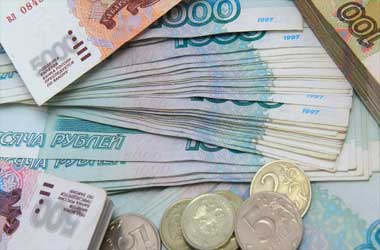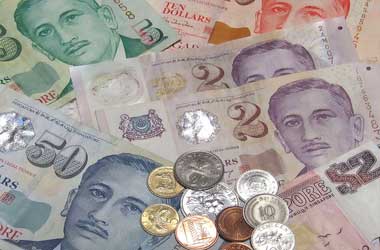 The Russian ruble strengthened over the 74 mark versus the US dollar, aided by a rebound in crude prices and a significant rise in the central bank’s benchmark rate in July. After a 7.7% drop last week, reflecting the worst performance since February 2018, the benchmark Brent crude has rebounded to over $71 per barrel.
The Russian ruble strengthened over the 74 mark versus the US dollar, aided by a rebound in crude prices and a significant rise in the central bank’s benchmark rate in July. After a 7.7% drop last week, reflecting the worst performance since February 2018, the benchmark Brent crude has rebounded to over $71 per barrel.
In terms of monetary policy, the Bank of Russia increased benchmark interest rates by 100 basis points to 6.5% at its July meeting, leaving adequate gap forfuture rises, if required. Annual inflation would reach 5.7%-6.2% this year, before falling to 4.0%-4.5% in 2022 and remaining near 4% in the future, as per the most recent central bank projections.
According to preliminary data, Russia’s GDP expanded 10.3% year-on-year in 2Q21, after a 0.7% decline in the preceding period. It was the highest growth since the 3Q of 2000, with the economy returning to levels never witnessed since the final leg of 2019 and on pace to expand by 4.0%-4.5% in 2021, in spite of a severe monetary tightening intended to keep inflation under control.
Russia’s jobless rate fell to 4.8% in June 2021, a decline down from 4.9% the previous month and far below expert expectations of 5.0%. It was the lowest rate since March of last year, although it remained somewhat higher than pre-pandemic levels. The number of jobless dropped by 110,000 from the previous month to 3.58 million, while those formally classified as unemployed fell by 170,000 to 1.42 million.
Retail sales in Russia increased 10.9% year-on-year in June 2021, after a 27.2% increase in the earlier month and falling short of market forecasts of a 12% increase. Nonetheless, it was the third month in a row that retail commerce increased. Retail sales rose 0.6% month-over-month, after a 1.1% gain in May. Nevertheless, a slew of disappointing economic data for July has kept the USD/RUB trading in the 71-78 area.
Russia’s annual inflation rate was 6.5% in July 2021, unaltered from the earlier month and a notch lower than economists’ expectations of 6.6%. Nonetheless, it stood far above the central bank’s 4% goal and at reflected the highest level since August of 2016.
Consumer prices increased 0.3% m-o-m, after a 0.7% rise in June and falling short of expectations of a 0.4% growth. The IHS Markit Russia Services PMI fell from 56.5 in June to 53.5 in July 2021. The latest figure represented the sector’s seventh consecutive month of increase, but it was the worst since February, as both production and new orders growth slowed to the smallest in five months.
The IHS Markit stated that Russia’s Manufacturing PMI fell to 47.5 in July, from 49.2 in June. The figure indicated the sector’s second consecutive month of decline and the steepest reduction since November 2020, as production dropped at the quickest rate since May 2020 owing to poor customer demand and a decrease in fresh sales, while fresh orders dropped at the highest rate since November last year.
Fresh export orders fell at the fastest pace in six months. During the same period, the pace of job losses has increased to the quickest since November 2020, owing to decreased capacity pressure. In terms of prices, the pace of input cost and output charge inflation have slowed, but remain at record high due to robust worldwide demand for inputs. Ultimately, business confidence fell to a nine-month low.
The weak economic data and upbeat crude prices is expected to keep the USD/RUB in a narrow range of 71 to 78.




